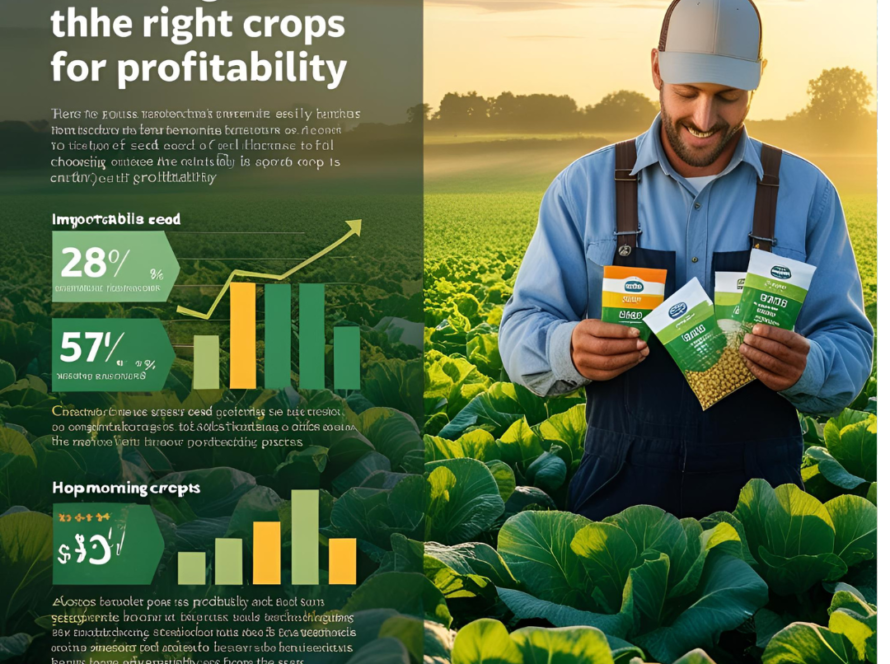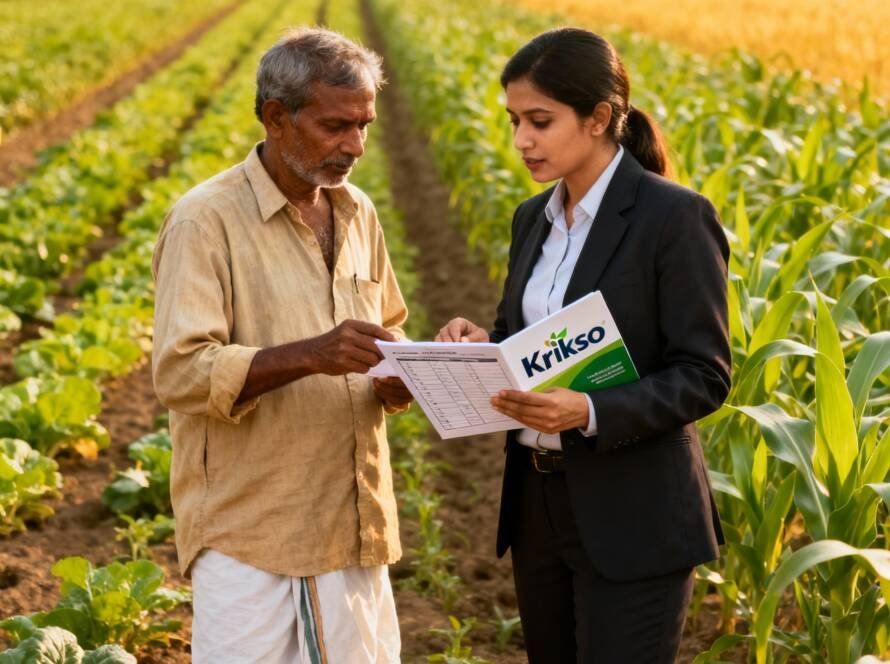Aloe Vera (Aloe barbadensis miller) is a high-value succulent plant with immense demand in cosmetic, pharmaceutical, and health industries due to its medicinal properties and versatile applications. Proper cultivation, efficient management, and value addition can help farmers maximize yield, minimize waste, and generate income from every part of the plant.
Why Aloe Vera Farming is Profitable
- High Market Demand – Used in cosmetics, herbal medicines, juices, and nutraceuticals.
- Low Maintenance Crop – Drought-resistant and requires minimal inputs.
- Multiple Revenue Streams – Leaves for gel, by-products for cosmetic extracts, skin care products, and animal feed.
- Sustainable Farming – Can be grown on marginal lands unsuitable for conventional crops.
Step 1: Site Selection and Soil Preparation
- Ideal soil: well-drained sandy loam or loamy soil, pH 7–8.
- Avoid waterlogging as roots are highly susceptible to rot.
- Add organic compost or farmyard manure to enrich soil.
- Prepare raised beds or ridges for proper drainage.
Step 2: Choosing the Right Variety
- Aloe Vera Barbadensis Miller – Most common and widely used in cosmetic and pharmaceutical industries.
- Aloe Vera Indian Varieties – Adapted to local climate, suitable for juice and gel production.
Step 3: Propagation and Planting
- Aloe Vera is propagated using offsets or suckers from mature plants.
- Plant offsets 30–40 cm apart in well-prepared soil beds.
- Ensure proper spacing to allow sunlight penetration and air circulation.
Step 4: Irrigation and Fertilization
- Drip irrigation is ideal to provide precise water and avoid waterlogging.
- Fertilize with balanced NPK fertilizers and organic manure periodically.
- Mulching helps retain soil moisture and control weeds.
Step 5: Pest and Disease Management
- Common pests: mealybugs and aphids.
- Diseases: root rot, leaf spot, and fungal infections.
- Use organic biopesticides and maintain proper drainage to prevent issues.
Step 6: Harvesting and Post-Harvest Handling
- Harvest mature leaves 8–12 months after planting.
- Extract gel immediately or store leaves in cool, ventilated conditions for later processing.
- Leaves can be processed into cosmetic gels, juices, and herbal medicines.
Step 7: Maximizing Profit from Every Part of Aloe Vera
- Leaves/Gel – Primary product used in cosmetics, health drinks, and herbal medicines.
- By-products – Residues from gel extraction can be converted into animal feed or compost.
- Seeds – Can be used for propagation or sold to other farmers.
- Mature Plants – Can be replanted for continuous production or sold as live plants.
By utilizing all parts of the Aloe Vera plant, farmers can increase profitability and reduce waste, tapping into multiple high-value markets.
Krikso India Support for Aloe Vera Farming
- Certified Offsets and Planting Material – High-quality, disease-free Aloe Vera plants.
- Fertilizers and Organic Inputs – Optimized for succulent crops to enhance gel and leaf quality.
- Drip Irrigation Solutions – Ensures efficient water use and healthy plant growth.
- Technical Advisory Services – Guidance on planting, pest management, harvesting, and post-harvest processing.
- Market Linkages and Buy-Back Programs – Access to domestic and export markets for Aloe Vera gel, juice, and cosmetic products.
With Krikso India’s integrated support, Aloe Vera farming becomes a profitable, sustainable, and high-value crop venture, suitable for both smallholders and contract farmers.



